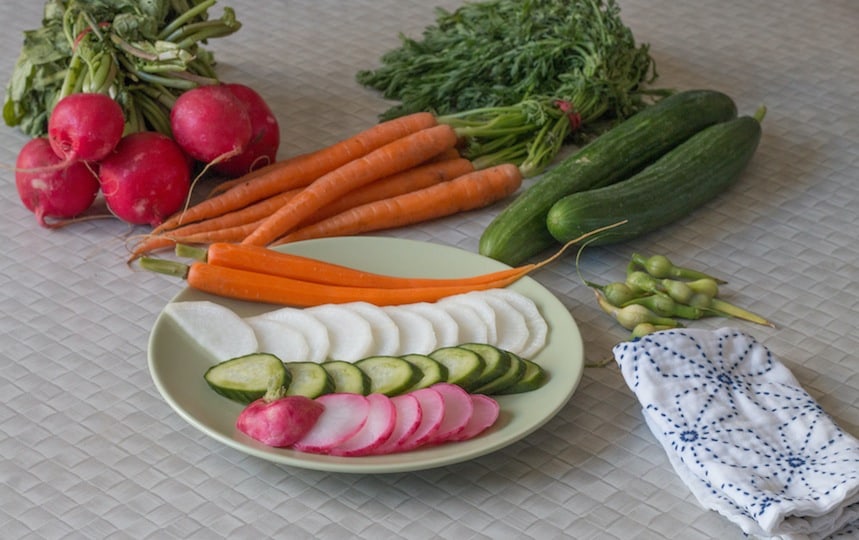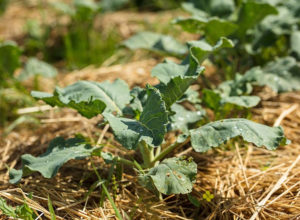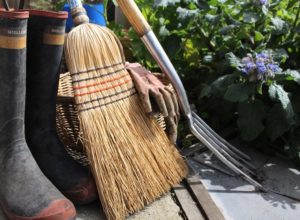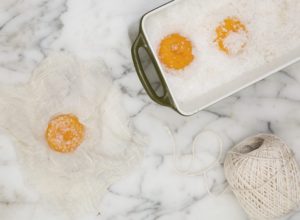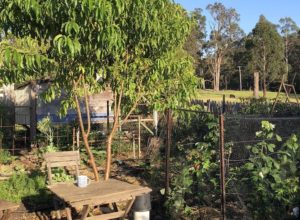Nukazuke or rice bran pickles are a culinary institution in Japan. We show you how to make your own Nukazuke rice bran “nuka bed”.
Nukazuke or rice bran pickles are a culinary institution in Japan. While they taste sour and salty, like any western-style pickle, nukazuke is a natural, wild ferment.
The ‘nuka bed’, in many Japanese kitchens, contains a live culture of rice bran paste in which fresh vegetables are preserved. Vegetables are inoculated in the bed for days, or even weeks, to prolong their shelf life, add flavour and turn them into a delicious probiotic snack.
Nukazuke has a long history in Japan, and many nuka beds have been passed down in families for generations; some are believed to be 300 years old.
Having your own nuka bed is an easy way to keep garden produce fresh without the aid of a fridge, create a healthy addition to your diet and expand your cooking repertoire.
How to make nukazuke rice bran nuka bed
Ingredients
- 1 litre water
- 75 grams salt
- 5 centimetres of kombu (a type of seaweed)
- 30 grams dried shitake mushrooms
- 1 kilo fine rice bran
- 3 dried red chillies, chopped
- a 4 cm piece of ginger, peeled and sliced
- a container made of enamel, plastic, glass or wood, that has a lid
- bits of vegetables such as the ends of carrots, cucumbers, daikon leaves (to test the bed)
- selection of vegetables to pickle extra salt.
Method
Put water, salt, kombu and shitake in a pan on the stove, and bring it to the boil.
Turn off the stove and leave the pan to cool down.
Remove kombu and shitake from the pan, and chop it up.
While the water is cooling down, put the rice bran, chilies, ginger, kombu and shitake into a mixing bowl.
When the water is cool, pour it into your container slowly, mixing it in with clean, bare hands. Add the water a little at a time, mixing it all in before you add more.
After adding all the water the mixture should be sticky and doughy. Pat down and wipe off any paste from the sides of the container with a clean cloth.
Add bits of vegetables to the rice bran, and bury them in the bran.
Smooth over the surface of the bed, and wipe off all the rice bran bits from the edges with a clean cloth (otherwise unwanted bacteria or mould may grow around the edges). Add lid.
Keep the container in a dark place, ideally at around 25°C degrees; at a lower temperature it will take longer to be ready. 9. Mix every day – with clean bare hands – so that the surface is fully mixed into the bottom of the container.
Take the bits of vegetables out of the container every couple of days and replace them. Wash the rice husks off the vegetables and taste them. At first they should just taste salty.
Gradually they will become sourer as well as salty. During spring and summer this might take about a week; during autumn and winter about three weeks. Once you decide the bed is ready, you can start making nukazuke.
Rub salt into the vegetables you want to pickle. You can peel or cut up hard vegetables (e.g. carrots or radishes), be- fore salting. You can put others (e.g. cucumbers) in whole.
Bury the salted vegetables in the rice bran.
Take the vegetables out after a day or longer, depending on how sour you like them. A day is usually long enough.
When you take vegetables out, wipe the rice bran off them with your clean hands and put it back into the tub.
Rinse the vegetables, then slice them up and eat them.
Replace the vegetables as you take them out, and mix the bed twice a day, morning and night. Always make sure that the edges of the container are wiped with a cloth, so that there are no bits of bran stuck to the side.
Tips on how to make nukazuke
When the bed gets too watery, add more rice bran and mix it up.
When the room temperature is over 30°C fermentation is too fast, so put the container in the fridge.
If you don’t mix up the bed for a few days and it gets mouldy, your course of action depends on the type of mould: if it’s white, scrape it off; if it’s red or green or any other colour, throw the whole lot out and start again.
If you don’t want to have any nukazuke for a while: for a week, you can just take all the vegetables out and rest the bed in the fridge; for more than a week, take out the vegetables, cover the surface with salt, and put it in the fridge – when you want to start using the bed again, scrape the salt off.

